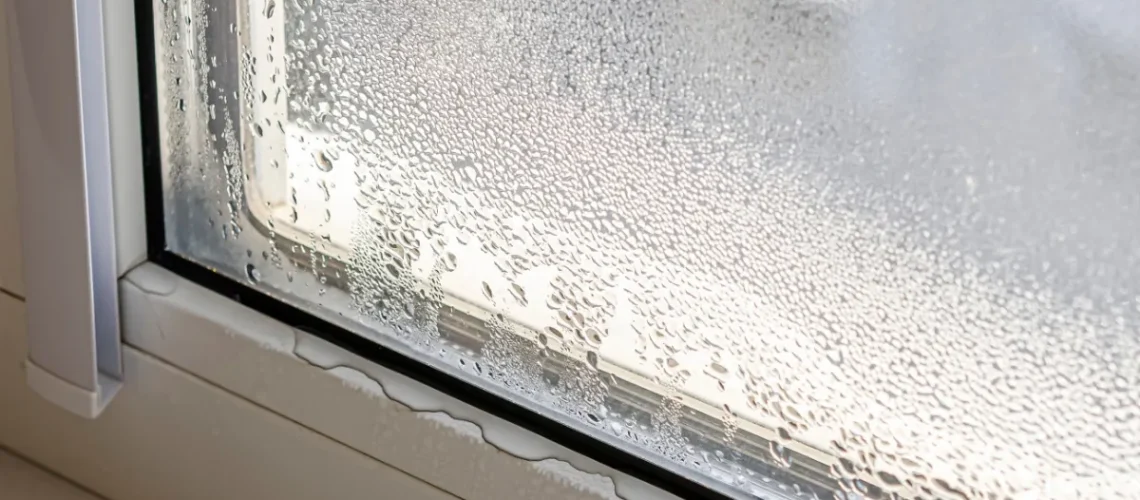A home is a sanctuary, a place of refuge and comfort. However, lurking beneath the surface, mold and moisture issues can compromise the safety and well-being of a household. Home inspectors, armed with keen observational skills, play a vital role in identifying and exposing these common problems. In this comprehensive guide, we will delve into the most prevalent mold and moisture issues discovered by home inspectors, underscoring the significance of addressing these concerns for a healthy and resilient living environment.
1. Leaky Roofs and Water Intrusion
Issue: Unwanted Water Penetration Through Roofs
Leaky roofs are a common discovery made by home inspectors. Whether due to damaged shingles, worn flashing, or compromised seals, water intrusion from the roof can lead to moisture-related problems.
Why It Matters:
Water entering through the roof can damage insulation, create ideal conditions for mold growth, and compromise the structural integrity of the home. Home inspectors stress the importance of promptly addressing roof leaks to prevent further damage.
2. Faulty Plumbing and Pipe Leaks
Issue: Plumbing Failures Resulting in Water Leakage
Home inspectors frequently identify issues with plumbing systems, such as leaks in pipes, faucets, or water supply lines. These leaks can lead to persistent moisture problems.
Why It Matters:
Persistent water leaks contribute to dampness, create conditions for mold growth, and may damage surrounding materials. Home inspectors emphasize the need for regular plumbing inspections and timely repairs to prevent water-related issues.
3. Poor Ventilation in Bathrooms and Kitchens
Issue: Inadequate Ventilation Leading to Moisture Accumulation
Insufficient ventilation in bathrooms and kitchens is a common concern found by home inspectors. Without proper airflow, these areas become susceptible to moisture buildup.
Why It Matters:
Inadequate ventilation can result in excess humidity, leading to mold growth, peeling paint, and deterioration of building materials. Home inspectors recommend improving ventilation through the installation of exhaust fans or other measures to mitigate moisture accumulation.
4. Crawl Space and Basement Dampness
Issue: Moisture Seepage into Crawl Spaces and Basements
Damp crawl spaces and basements are frequent findings during home inspections. Water seepage from the ground or through foundation walls can contribute to persistent moisture problems.
Why It Matters:
Damp crawl spaces and basements provide a conducive environment for mold growth and may lead to structural issues. Home inspectors stress the importance of addressing drainage problems and waterproofing these areas to prevent moisture-related concerns.
5. Condensation on Windows and Surfaces
Issue: Excessive Condensation Causing Moisture Accumulation
Condensation on windows, walls, or other surfaces is a common indicator of high humidity levels. Home inspectors often identify condensation issues that can contribute to mold growth and deterioration of materials.
Why It Matters:
Excessive condensation can lead to mold, wood rot, and damage to painted surfaces. Home inspectors recommend improving ventilation, reducing humidity levels, and addressing insulation issues to mitigate condensation problems.
6. Inadequate Exterior Drainage
Issue: Poor Drainage Resulting in Water Pooling Around the Foundation
Insufficient exterior drainage is a concern often uncovered by home inspectors. Poor grading or lack of proper drainage systems can lead to water pooling around the foundation.
Why It Matters:
Water pooling around the foundation can contribute to moisture intrusion, basement leaks, and structural problems. Home inspectors stress the importance of improving exterior drainage to divert water away from the home.
7. Lack of Vapor Barriers in Crawl Spaces
Issue: Absence of Vapor Barriers Allowing Moisture Infiltration
Vapor barriers are essential in crawl spaces to prevent moisture from infiltrating the home. Home inspectors frequently find homes lacking proper vapor barriers.
Why It Matters:
Without vapor barriers, moisture from the ground can enter the crawl space, leading to mold growth, wood rot, and structural issues. Home inspectors recommend installing and maintaining effective vapor barriers to protect against moisture infiltration.
8. Leaking Windows and Door Seals
Issue: Compromised Window and Door Seals Allowing Water Ingress
Leaking windows or compromised door seals are common issues identified by home inspectors. These openings can allow rainwater to enter, leading to moisture-related problems.
Why It Matters:
Water infiltration through windows and doors can result in interior water damage, mold growth, and compromised insulation. Home inspectors stress the importance of repairing or replacing damaged seals to prevent water ingress.
9. Improper Grading Around the Home
Issue: Inadequate Sloping of the Ground Leading to Water Issues
Improper grading around the home, where the ground slopes toward the foundation, is a concern frequently discovered by home inspectors. This can contribute to water pooling and infiltration.
Why It Matters:
Inadequate grading can lead to basement leaks, foundation issues, and increased risk of moisture-related problems. Home inspectors recommend correcting the grading to ensure proper water runoff away from the foundation.
10. Unaddressed Previous Water Damage
Issue: Lingering Effects of Previous Water Incidents
Home inspectors often identify signs of previous water damage that may have been inadequately addressed. Stains, discoloration, or warped materials may indicate past moisture issues.
Why It Matters:
Unaddressed water damage can lead to ongoing problems, including mold growth, wood decay, and compromised structural integrity. Home inspectors stress the importance of identifying and rectifying the aftermath of previous water incidents to prevent further issues.
Conclusion
Mold and moisture, when left unchecked, can silently undermine the integrity of a home. Home inspectors, with their trained eyes and expertise, play a crucial role in identifying and exposing these common issues. From leaky roofs to plumbing failures and inadequate ventilation, addressing these concerns is paramount for maintaining a healthy and resilient living environment. In the realm of homeownership, proactive measures, regular inspections, and timely repairs are key to mitigating the risks associated with mold and moisture problems and ensuring a safe and comfortable home.
For other issues that home inspectors commonly find, read our article, Uncovering a Home’s Dirty Secrets.


